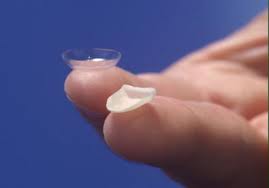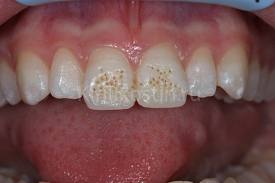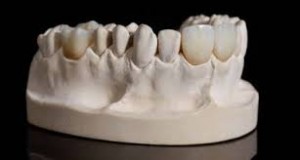How to install veneers

Veneers are thin tooth pads in the shape of petals.
The thickness of the pads is comparable to eye lenses. Veneers, usually set on the front and in line with the smile of the teeth.
Using veneer pads, you can mask tooth defects such as chips, cracks, discolouration of enamel, irregularities in the surface of the tooth and dentition, and hide the gaps between the teeth.
Methodologies
Veneer installation can occur in two ways:
- Direct method. Directly in the patient’s oral cavity, an overlay is made on the tooth itself. This method is used in the presence of strong chips of the front teeth (with a loss of tooth area of more than 60%). In fact, this is an increase in the lost tooth area, as a result of which it is gradually restored and restored. In other cases, preliminary turning is performed, after which the veneer is formed in layers, followed by grinding and polishing.
- Indirect method. Vinyl records are made in the laboratory according to the taken impressions, and then with the help of dental glue they are glued to a previously turned tooth. When installing lumineers (“Hollywood veneers”), teeth are not turned.
When install
Teeth restoration with veneers is carried out in the following cases:

- In the presence of a congenital defect in tooth enamel.
- If the tooth color has changed after root canal treatment, in the presence of old fillings.
- With defects in enamel caused by chips, cracks, demineralization, erosion.
- In the case of fluorosis arising from an excess of fluoride.
- If there are large gaps between the teeth.
- With an irregular shape and position of the tooth, as well as a violation of its integrity.
As well as other cosmetic defects of the teeth are an indication for the installation of vinyl linings.
How to put veneers
Installation of veneers occurs in stages:
- Inspection and assessment of the patient's oral cavity.
- The choice of material and color of the future veneer.
- Tooth enamel cleaning.
- Anesthesia and turning of the tooth under a veneer lining are performed.
The manufacture of veneer in the patient’s oral cavity differs from indirect veneering.
With direct veneering, tooth pads are made of composite material in the patient's mouth.
After a small layer of enamel is removed, a light-polymer composite is applied, gradually restoring the tooth surface.
For indirect veneering, the pads are made in a dental laboratory.
Indirect Veneer Lining Production
It is made in the office of a dental technician.

- According to the impression taken by the dentist after turning the tooth, a tooth pad is made.
- Fixing temporary veneer to the prepared tooth.
- After making a vinyl record in the laboratory, it is tried on.
- If necessary, the veneer is adjusted.
- Only after the patient and the doctor approve the work performed, the lining on the tooth is fixed with light-curing glue.
- Patient bite is evaluated.
Cost
The cost of dental veneers is not high, in comparison with other methods of dental restoration and depends on the method used to make the pads.
- With a direct manufacturing method, a veneer will be cheaper than a lab-made one.
- Large pads are more expensive than smaller ones due to the large amount of work.
- If you install more than two overlays simultaneously, the cost will be lower than if you install one plate at a time.
- With minor tooth defects, the cost of restoration will not be so high.
The final price includes:
- Dental consultation.
- Tooth treatment.
- Oral hygiene.
- Tooth preparation.
- Anesthesia.
- Computer modelling.
Not the last impact on pricing is the status of the dental clinic, the experience and qualifications of the doctor.
| Tooth pads | Prices (in rubles) |
| Composite Veneer | From 3000 |
| Porcelain veneer | From 15000 |
| Zirconium Veneer | From 17000 |
Questions and answers
- Question: How much is the tooth sharpened and does it hurt?
Answer: It is important to note that the amount of polished enamel depends on the thickness of the veneer lining. When installing porcelain veneers, less enamel is removed than when veneering with zirconia-based linings. If restoration is performed with composite materials, the enamel is etched with acid. The installation of "Hollywood veneers does not require teeth grinding at all. In order that the tooth turning does not cause pain, anesthesia is preliminarily performed.
- Question: How are veneers put to a child?
Answer: The technique for installing vinyl linings is the same for both adults and children. Children veneers do not put on milk teeth.
- Question: How much does it cost to put veneers on your front teeth?
Answer: The final cost of installing dental pads can only be said by a doctor after a full assessment of the condition of teeth in need of restoration.